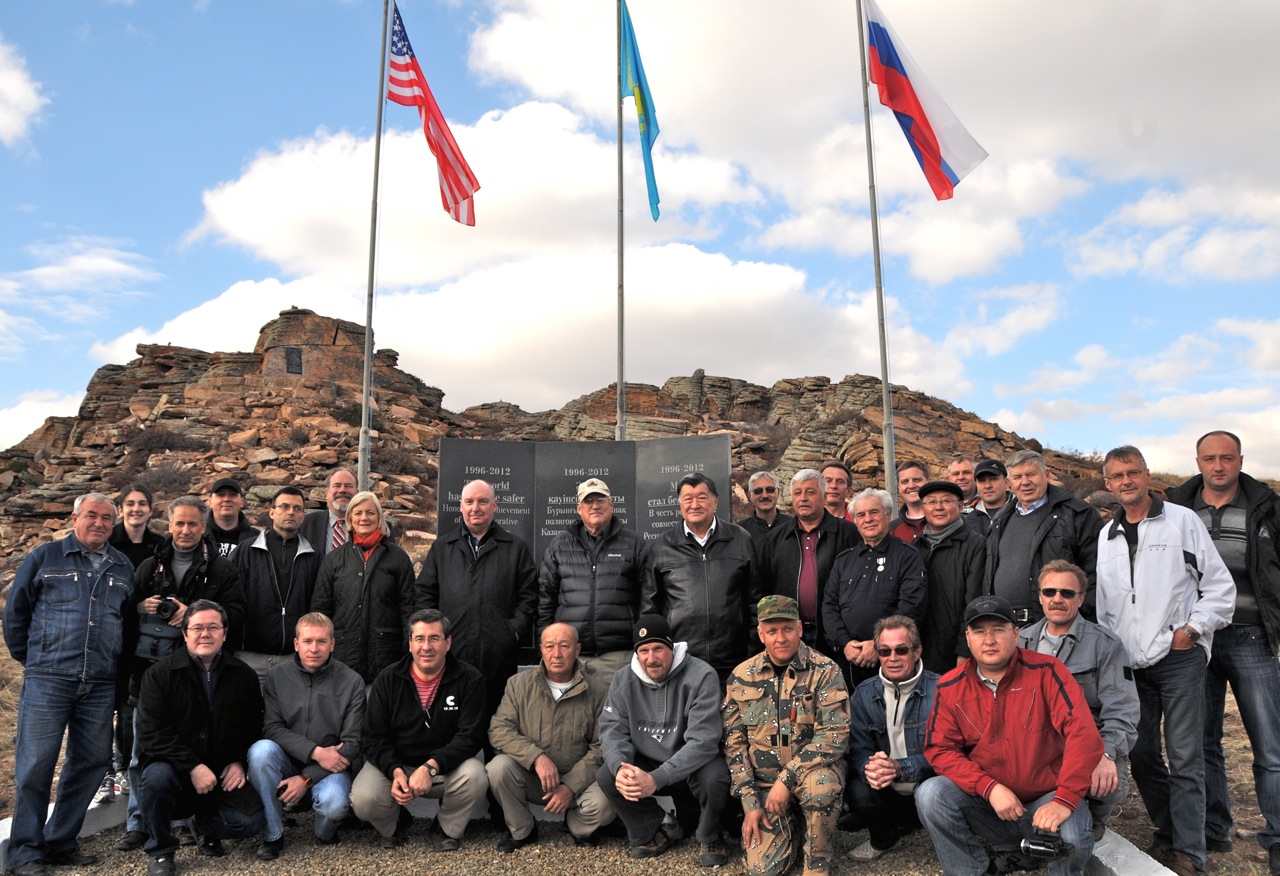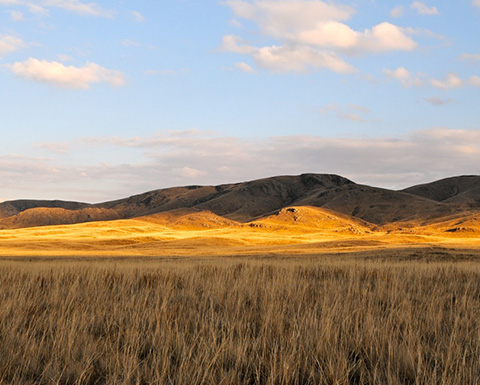
This summer, The Project on Managing the Atom, at Harvard Kennedy School's Belfer Center for Science and International Affairs, released "Plutonium Mountain: Inside the 17-Year Mission to Secure a Dangerous Legacy of Soviet Nuclear Testing." In the report, I and my co-author David Hoffman tell the story of how dedicated scientists and engineers in three countries overcame suspicions, secrecy, bureaucracy, and logistical obstacles to secure more than a dozen bombs worth of plutonium that had been left behind at the Semipalatinsk Test Site in Kazakhstan after the collapse of the Soviet Union.
Although the outline of the Semipalatinsk operation had been made public before, our report filled in new details:
- Russian weapons experts who had worked in the nuclear testing program in Kazakhstan were initially unwilling to return to secure the site. It was not until they were confronted with photographs of the scavenging efforts that they were convinced of the need to return.
- For periods immediately before and after the 9/11 attacks, nuclear security operations at Degelen Mountain were suspended even as scavenging at the site continued while bureaucracies in both the United States and Kazakhstan dithered over funding for the project.
- Russia's concern with preserving secrets about its nuclear weapons left U.S. and Kazakh partners in the dark about some of the most sensitive and highest risk locations. It was not until 2005 that Russia revealed that as much as 100 kilograms of additional plutonium was still unsecured on the site.
- Although the risk of plutonium theft has been substantially reduced, work to secure areas of the site continues and there may yet be further surprises.
Hoffman and I also offer several "learning points" for those involved in nuclear security policy, including:
- The legacy of Cold War superpower suspicion led to dangerous blunders and miscalculations; the culture of secrecy took years to penetrate.
- Strong personal, unofficial relationships among U.S., Russian and Kazakh scientists were critical in breaking through these barriers.
- The ongoing risks at Degelen Mountain and other test sites highlight the extraordinarily long-term dangers from nuclear tests for thousands of years to come; measures for addressing this threat include tightening IAEA safeguards as well as ratification of the Comprehensive Test Ban Treaty by the U.S. and other holdouts.
The cleanup at Semipalatinsk was a big success. But there is still work to do in unraveling the messy and dangerous legacy of the Cold War.






